My trip to Japan ended where probably every trip to Japan should end: in Nagasaki. Not many travelers end up there because getting there is comparably difficult, but it is worth it 🙂
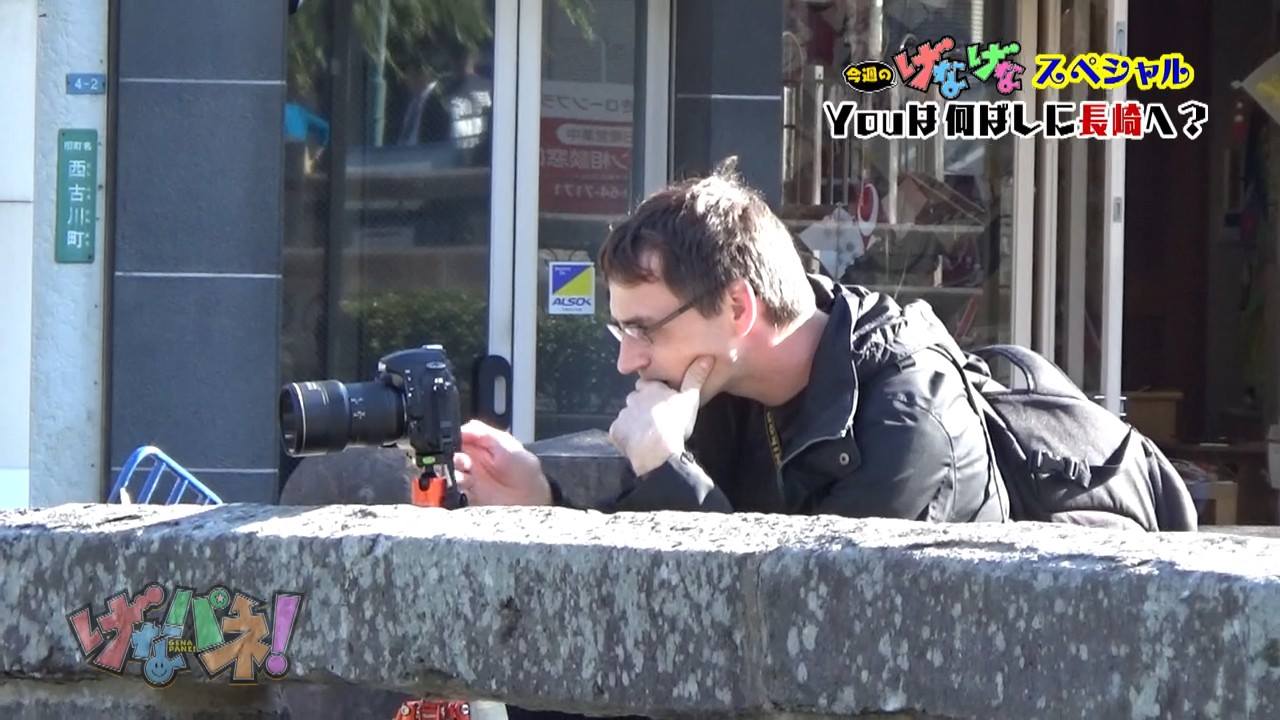

My trip to Japan ended where probably every trip to Japan should end: in Nagasaki. Not many travelers end up there because getting there is comparably difficult, but it is worth it 🙂
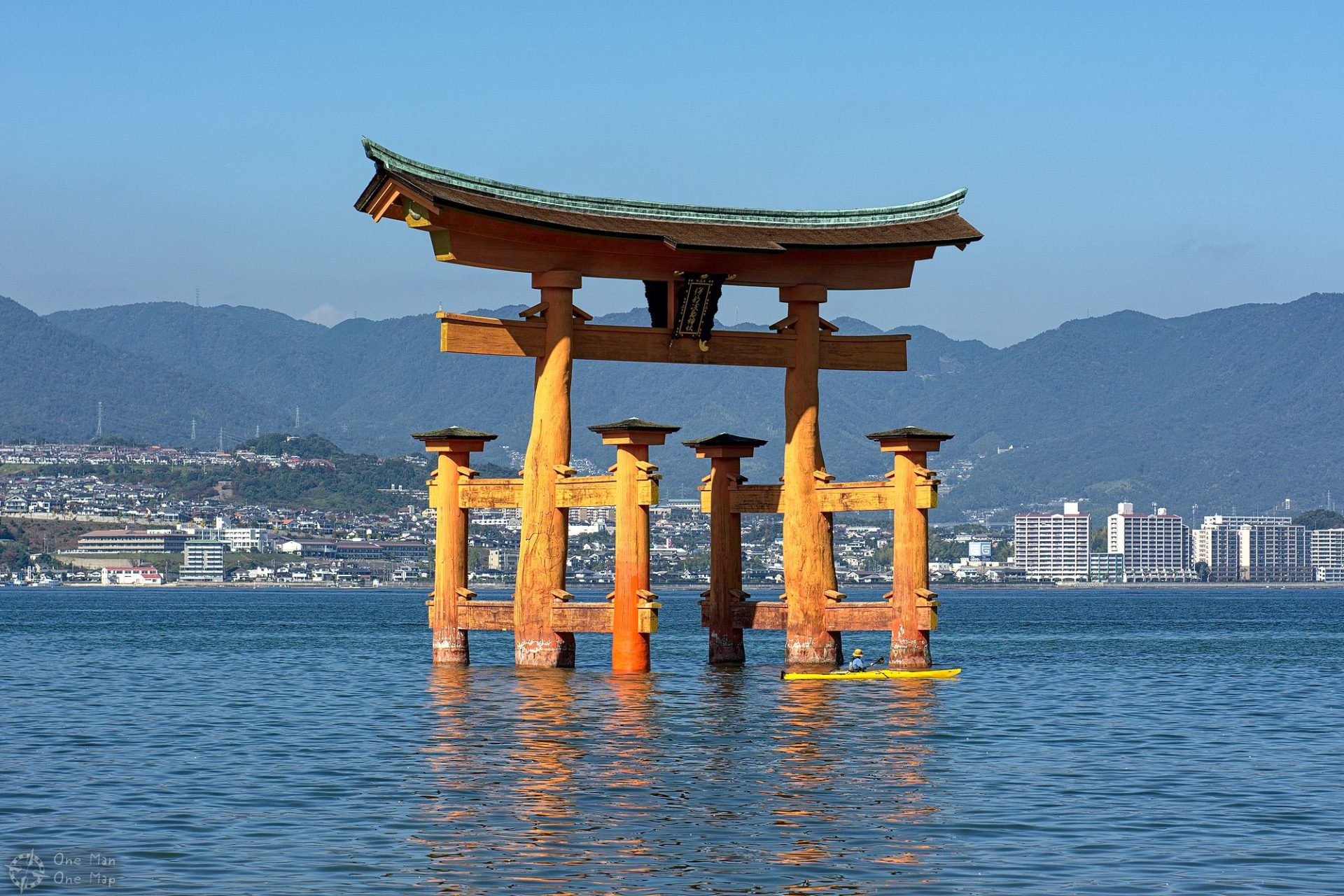
It is one of the most famous places in Japan besides Mount Fuji: “Shrine Island” Miyajima (宮島) in front of Hiroshima. Almost every tourist coming to the country has seen images of the gigantic Torii (鳥居) standing in the water before, and the tame deer are also well-known all over the Internet 🙂
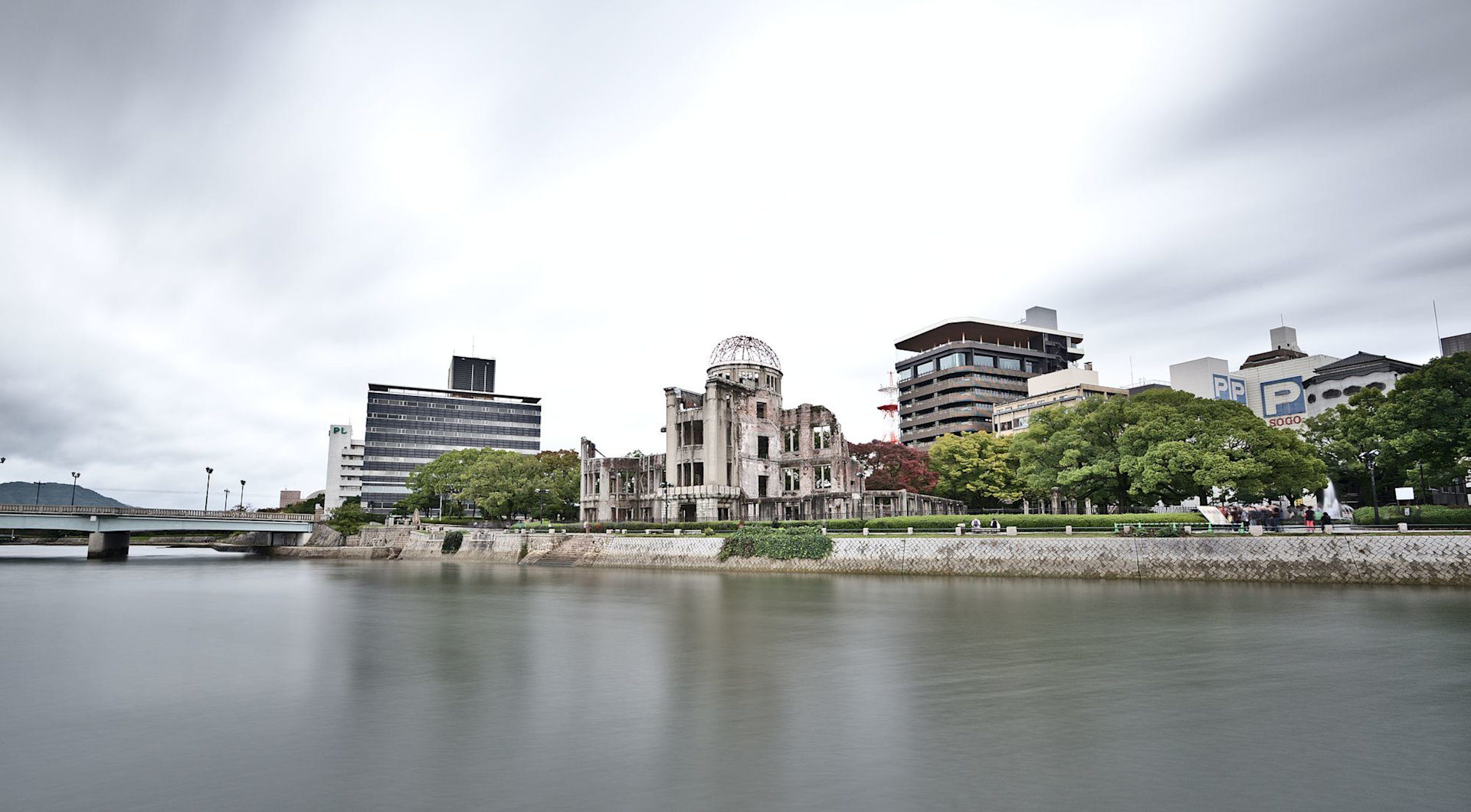
On August 6, 1945, a B-29 bomber dropped the first atomic bomb over an inhabited city. At 08:16 local time, Hiroshima disappeared from the map. But Japan did not think about surrendering just yet.
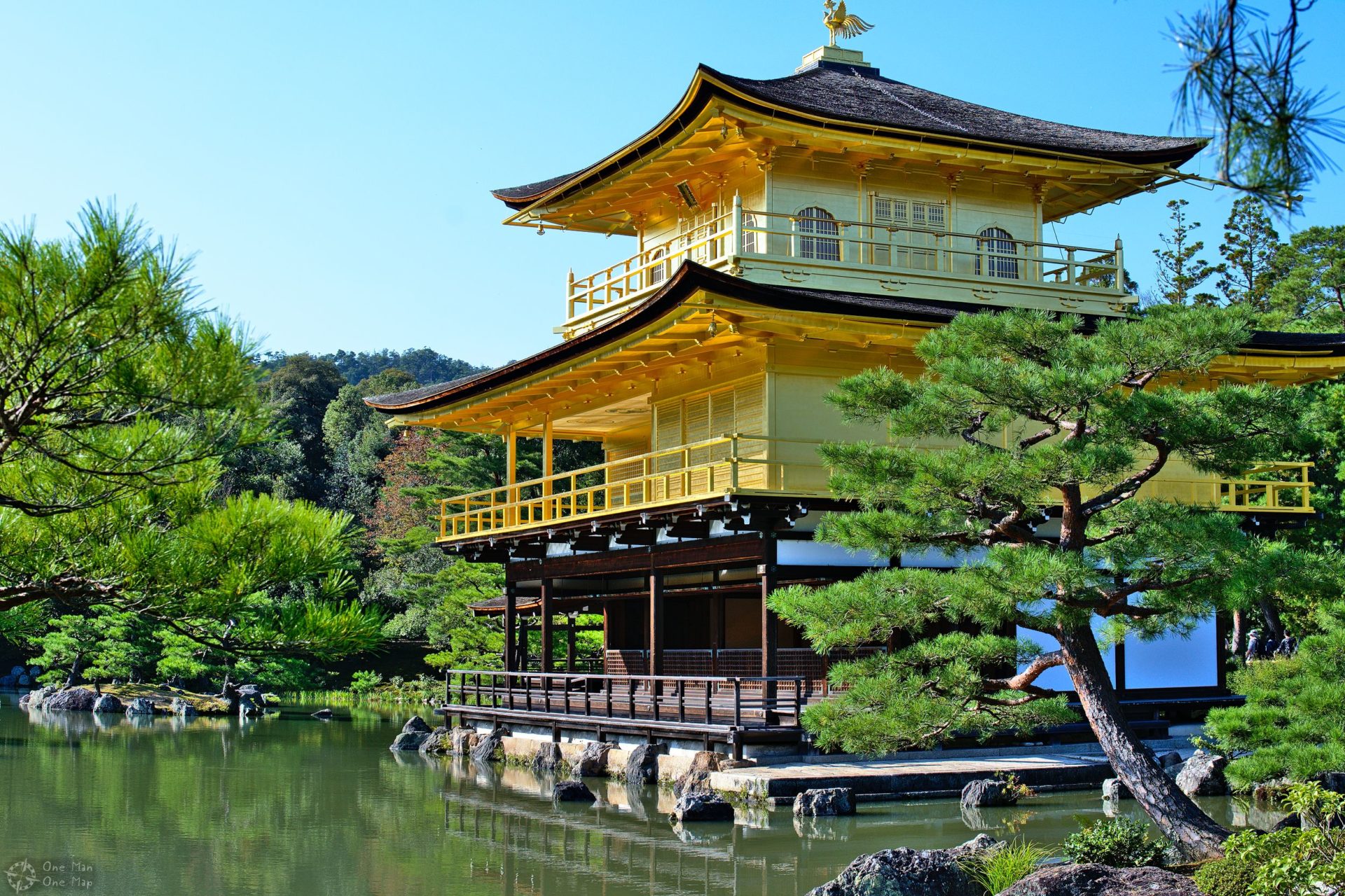
For almost four centuries, Kyoto was the capital of Japan. It’s impossible to get an impression on just one day, but after all the detours of the super typhoon, I was forced to do so…
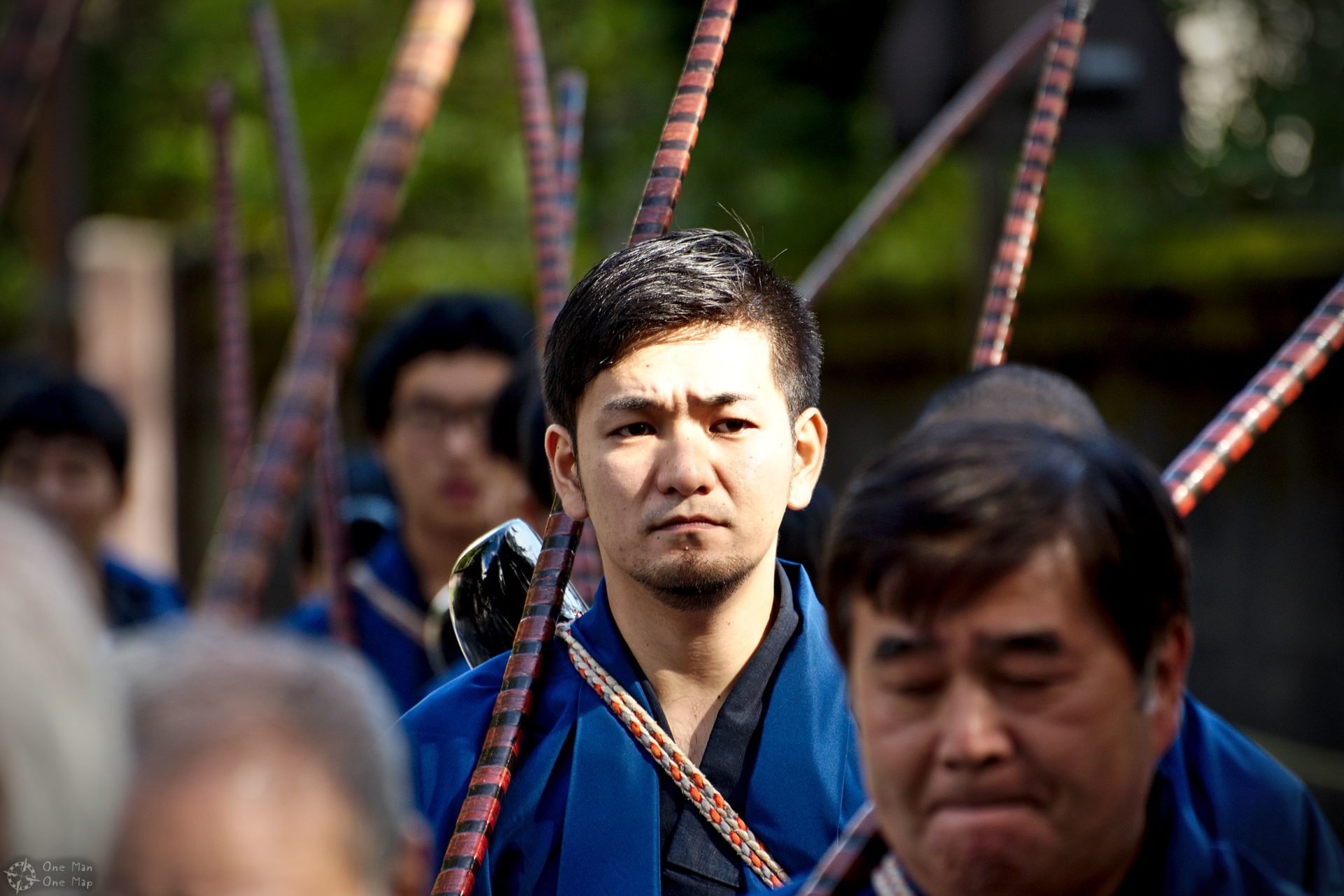
“日光を見ずして結構と言うな” – “Don’t talk about beauty before you’ve seen Nikkō”. A bold statement, but even if it hadn’t been true, 1000 Samurai can compensate for everything 😉
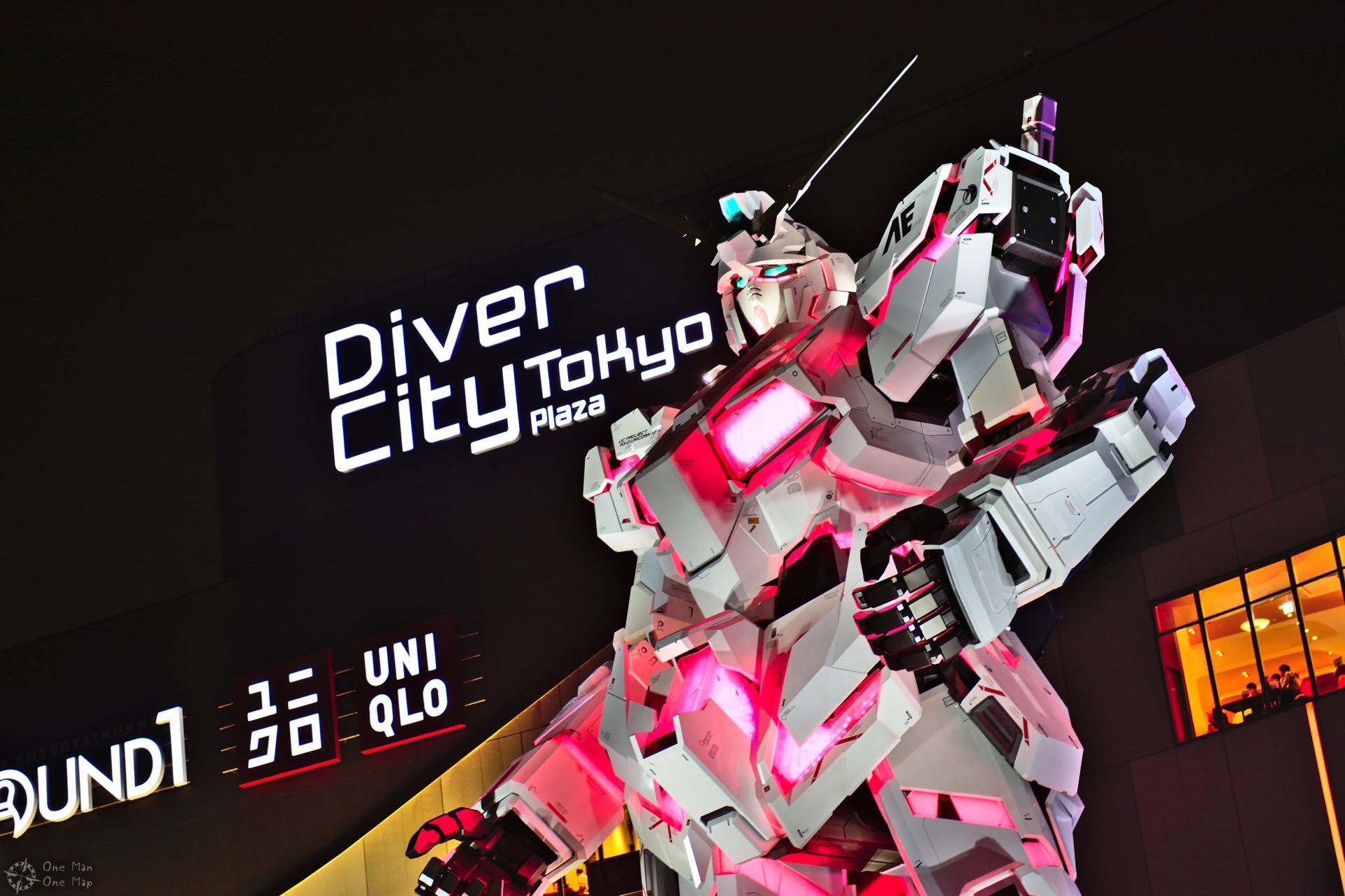
Tokyo, with its 38 million inhabitants one of the largest metropolitan areas in the world. And because a city of this size doesn’t just not fit into a single article, but looks much different by Day than it does by Night, today it’s Tokyo by Night 🙂
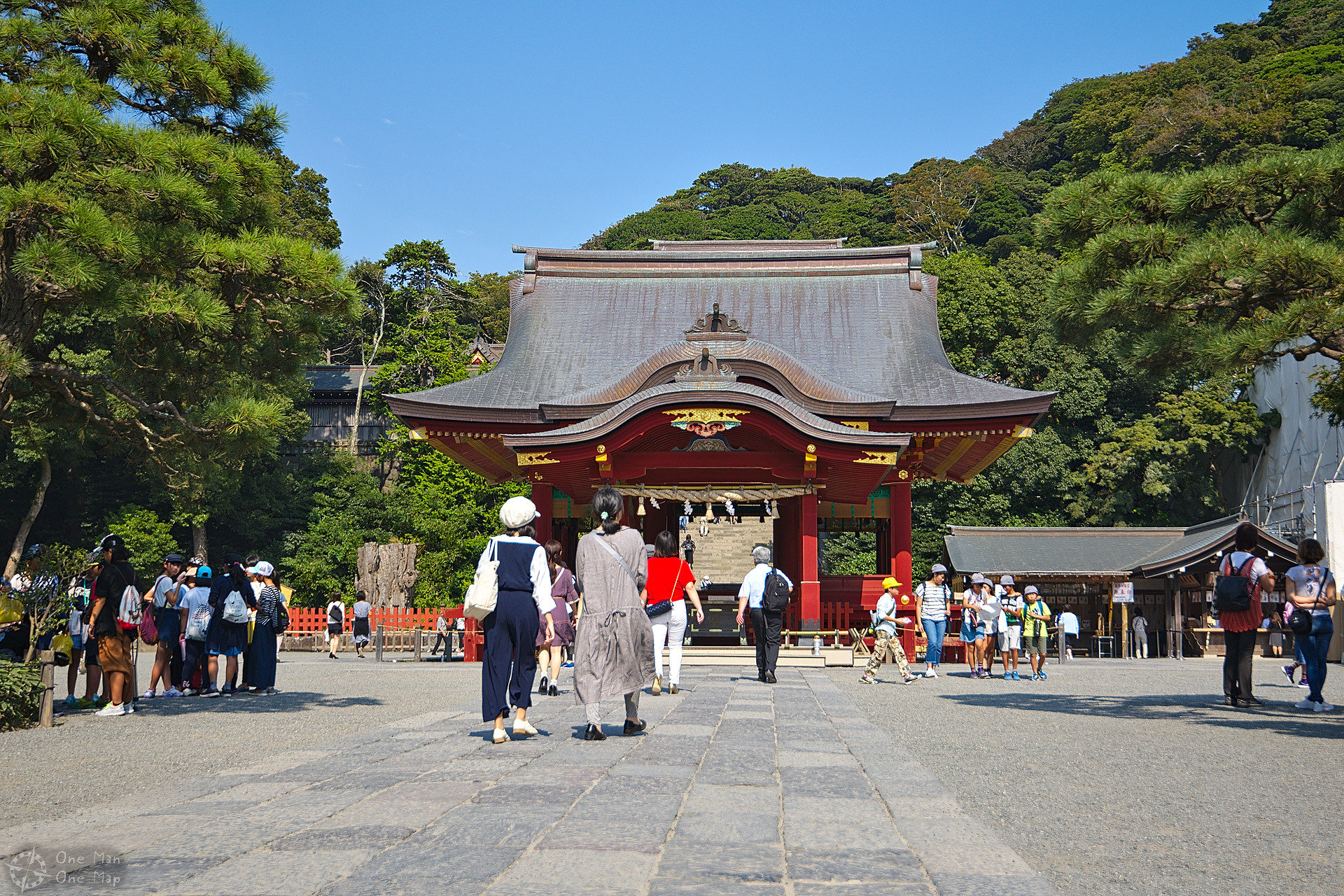
The small town of Kamakura was the capital of Japan from 1185 to 1333. Tall, beautiful wooden temples do not only bear witness of a great past, but also of great tragedies.
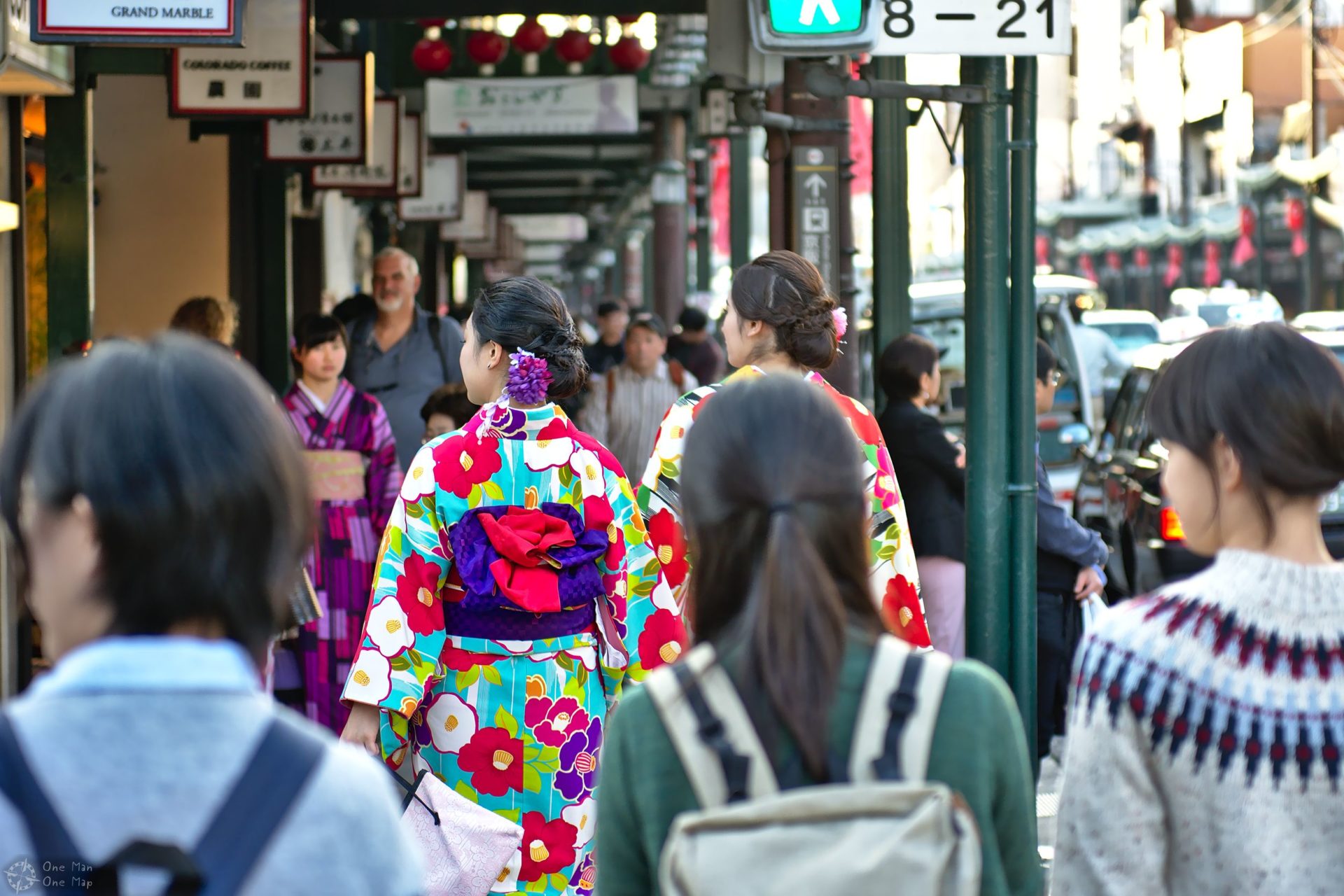
In Fall 2017 I traveled through Japan for three and a half weeks. How are the country and the people? How do you get around? Do you really have to be rich to see Japan? All the questions and all the answers are in this post 🙂